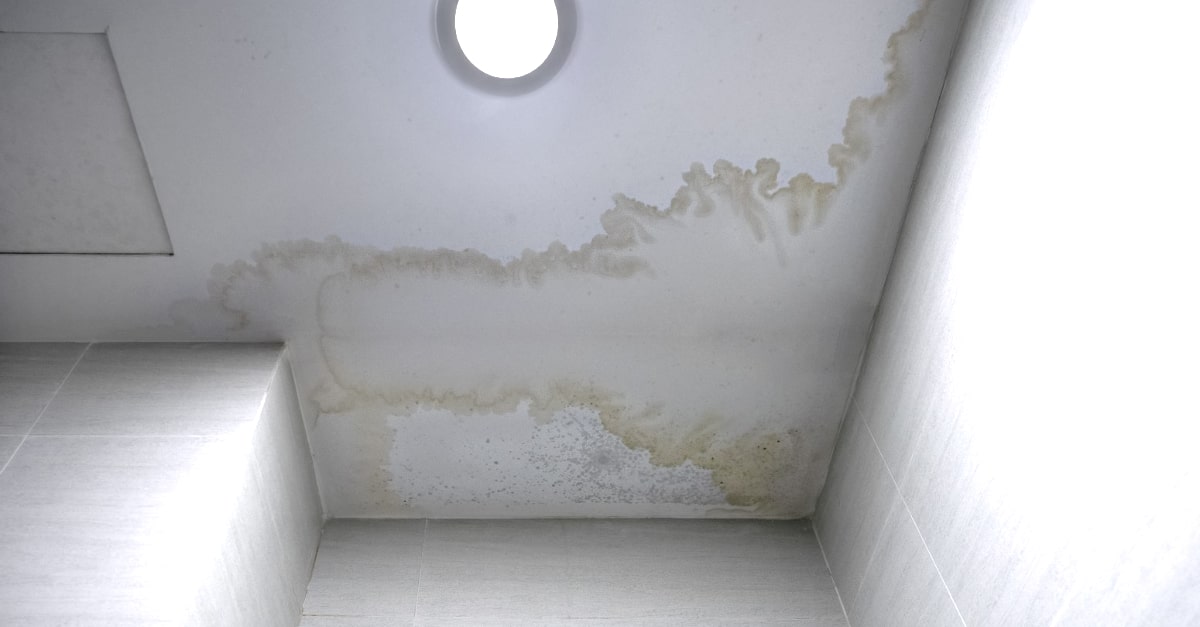Learning About The Factors Behind Water Leaks Are So Common Within Your Residence
Learning About The Factors Behind Water Leaks Are So Common Within Your Residence
Blog Article
This article in the next paragraphs relating to Most Common Causes of Leaky Pipes is exceptionally intriguing. You should give it a look.

Leaks not only cause waste of water yet can additionally trigger unnecessary damage to your residence and advertise undesirable natural development. Water leaks might go undetected since most of the pipework in our home is hidden. By recognizing as well as looking for daily situations that create leaks, you can secure your residence from future leakages and unnecessary damages. Today, we will check out 6 leakage causes that may be causing your pipelines to drip.
Immediate temperature level changes.
Extreme temperature level modifications in our pipes can cause them to broaden as well as contract suddenly. This expansion as well as contraction may create fractures in the pipelines, especially if the temperature are below cold.
Corroded water systems
This may be the cause of discoloration or bending on your water pipelines. If our plumbing system is old, think about changing the pipelines because they are at a greater threat of rust than the newer designs.
Faulty Pipe Joints
The factor at which your pipelines connect is regularly the weakest web link in the waterline. Pipeline joints can deteriorate with time, resulting in water leakages. The majority of pipe joints are not conveniently noticeable. If you have loud pipelines that make ticking or banging noises, specifically when the warm water is turned on, your pipe joints are possibly under a lot of stress. It is advisable to have your plumber inspect your system once a year.
Intruding roots
Most water leaks start outside the house rather than inside it. You could discover damp spots or sinkholes in your yard, and also that may mean that tree origins are getting into water lines causing water to permeate out.
Poor Water Connectors
At times, a leakage can be triggered by loosened tubes and pipes that provide your appliances. More often than not, moving is what triggers the loose water Links. You could locate in the case of a washing maker, a hose might spring a leak due to drinking during the spin cycle. In case of a water connections leakage, you might see water running straight from the supply line or pools around your appliances.
Clogged Drains
Obstructed drains pipes could be aggravating and inconveniencing, however they can occasionally wind up causing an overflow leading to burst pipelines. Keep removing any kind of materials that might go down your drains that can clog them to stay clear of such inconveniences.
All the above are root causes of leakages yet not all water leakages arise from plumbing leakages; some leakages may come from roof covering leakages. All leaks ought to be repaired quickly to avoid water damage.
Leaks not only trigger waste of water however can likewise trigger unneeded damage to your house as well as promote unwanted organic growth. By understanding and looking for everyday scenarios that create leakages, you can secure your house from future leaks and also unneeded damage. Today, we will look at 6 leak causes that might be creating your pipes to drip.
At times, a leakage can be triggered by loosened pipes and pipelines that supply your appliances. In situation of a water connections leakage, you may observe water running directly from the supply line or pools around your appliances.
How To Check For Water Leak In Your Home
How To Check for Leaks
The average household's leaks can account for nearly 10,000 gallons of water wasted every year and ten percent of homes have leaks that waste 90 gallons or more per day. Common types of leaks found in the home are worn toilet flappers, dripping faucets, and other leaking valves. These types of leaks are often easy to fix, requiring only a few tools and hardware that can pay for themselves in water savings. Fixing easily corrected household water leaks can save homeowners about 10 percent on their water bills.
To check for leaks in your home, you first need to determine whether you're wasting water and then identify the source of the leak. Here are some tips for finding leaks:
Take a look at your water usage during a colder month, such as January or February. If a family of four exceeds 12,000 gallons per month, there are serious leaks.
Check your water meter before and after a two-hour period when no water is being used. If the meter changes at all, you probably have a leak.
Identify toilet leaks by placing a drop of food coloring in the toilet tank. If any color shows up in the bowl after 10 minutes, you have a leak. (Be sure to flush immediately after the experiment to avoid staining the tank.)
Examine faucet gaskets and pipe fittings for any water on the outside of the pipe to check for surface leaks.
Undetected water leaks can happen without the home or business owner even realizing. If you suspect a water leak, but not able to find the source. It is time to contact a professional water leak detection service, The Leak Doctor.
How To Find a Water Leak In Your Home
https://www.leakdoctor.com/blog/How-To-Check-For-Water-Leak-In-Your-Home_AE197.html

Do you really like reading up on How to detect water leaks in your home? Leave a remark below. We will be glad to listen to your feelings about this blog post. Hoping that you come back again in the near future. Enjoyed our post? Please share it. Help another person locate it. We appreciate reading our article about Common Water Leaks In House.
Fix today, not tomorrow! Report this page